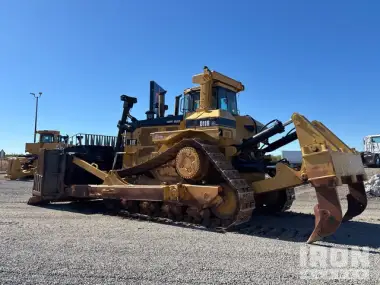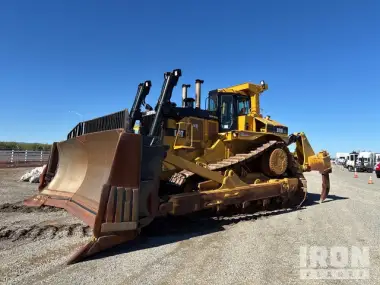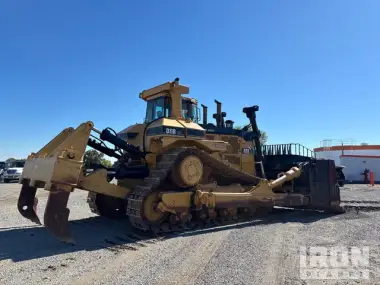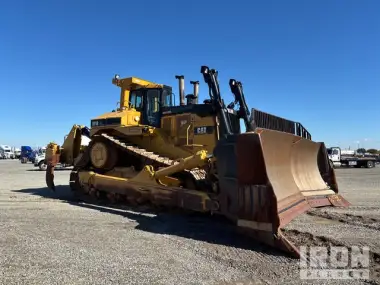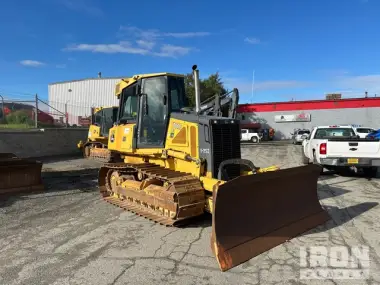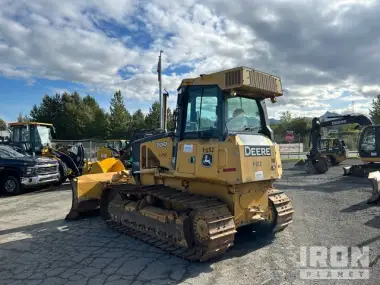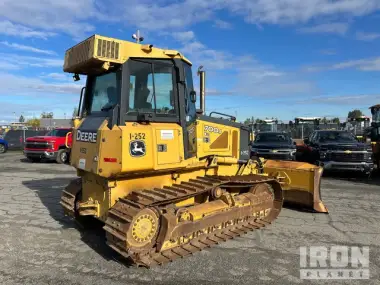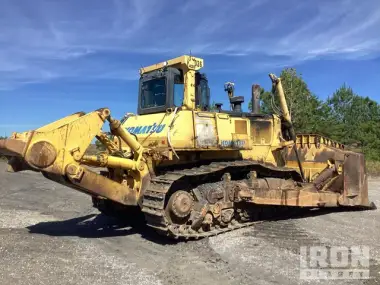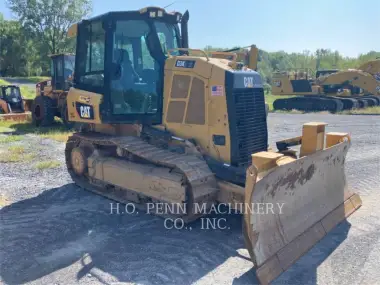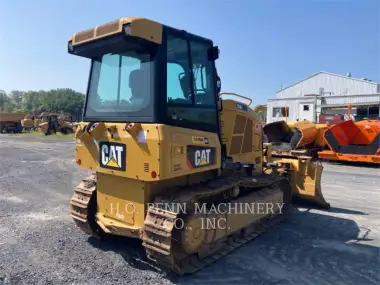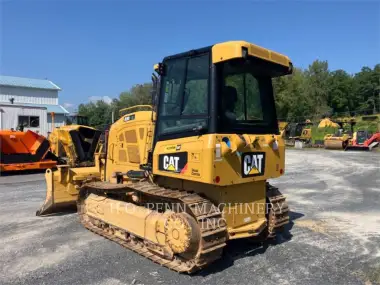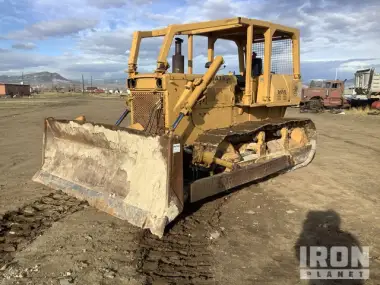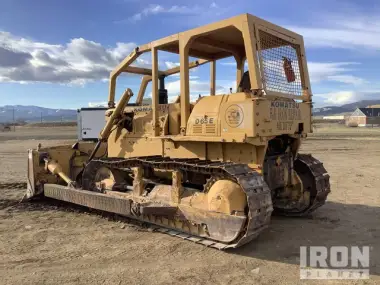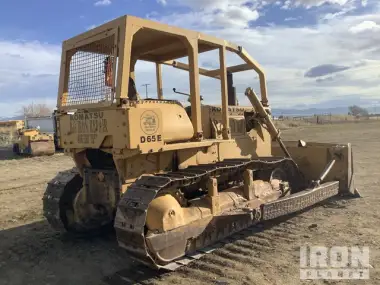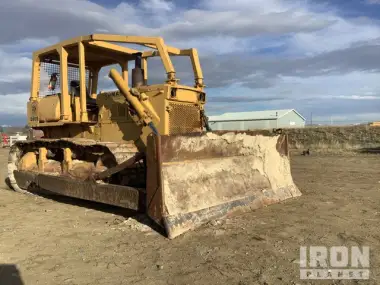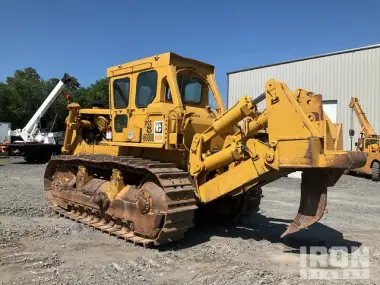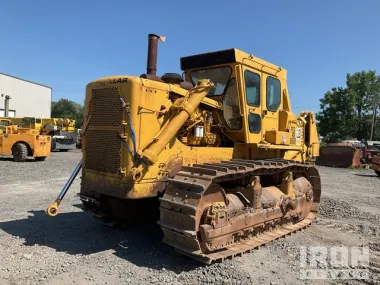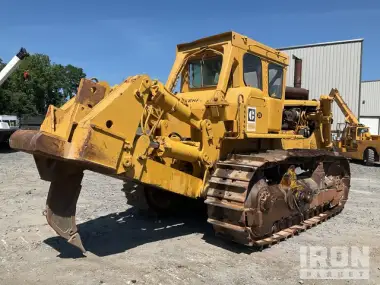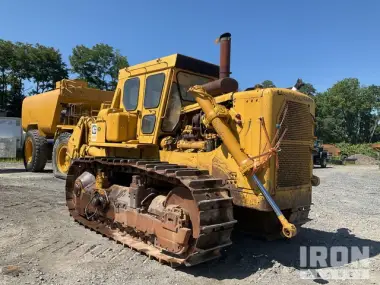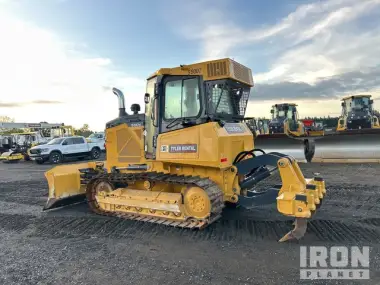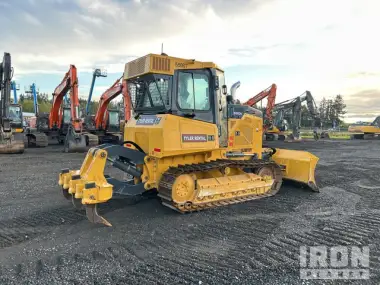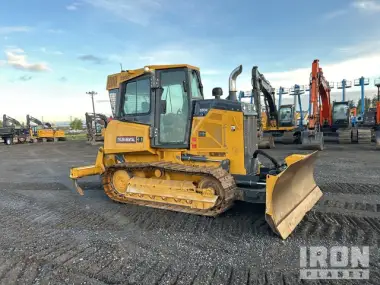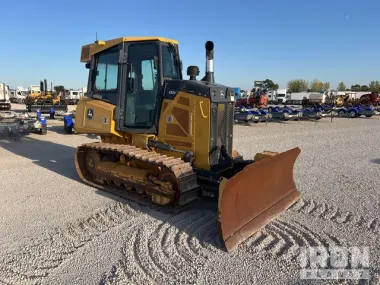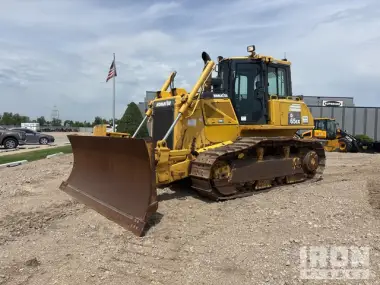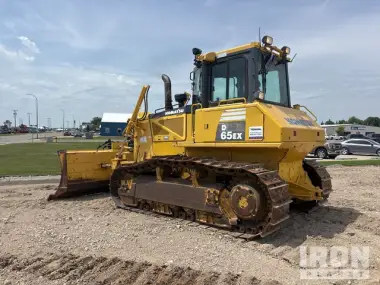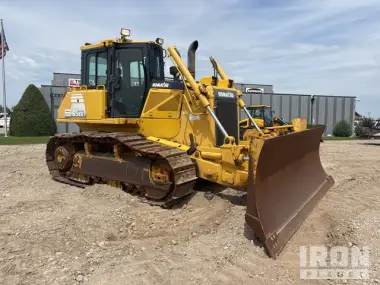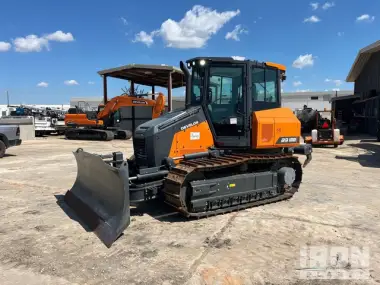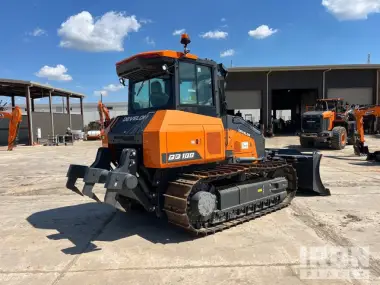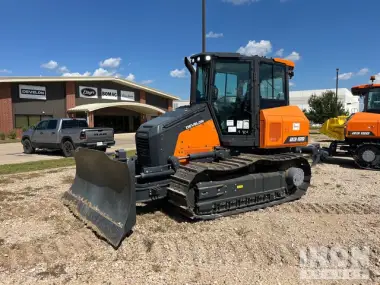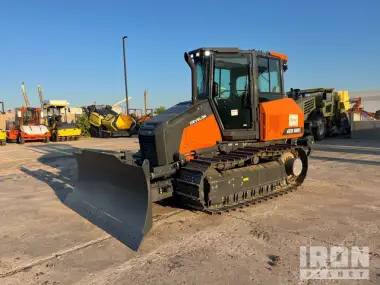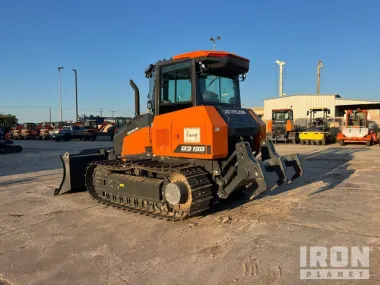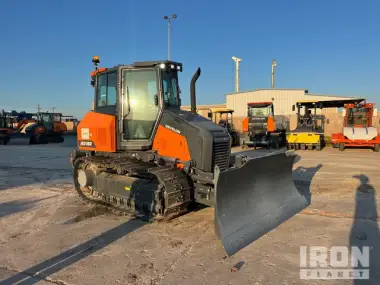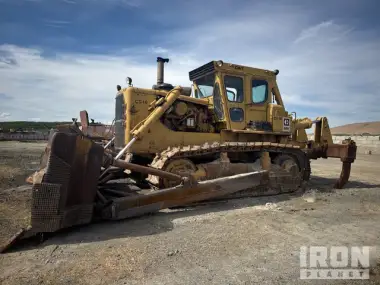Resumen
Las excavadoras se utilizan para mover, cavar y excavar grandes cantidades de tierra y suelo. Se caracterizan por una gran cuchilla metálica en la parte delantera, movida por brazos hidráulicos y las orugas sobre las que se desplazan, que les proporcionan tracción con el suelo. Algunos bulldozers vienen con rippers, un accesorio extendido en la parte trasera parecido a una garra que rompe el terreno duro.
Los tres tipos principales de bulldozers son los bulldozers sobre orugas, los bulldozers sobre ruedas y los mini bulldozers:
Bulldozers sobre orugas:Estos bulldozers son los más comunes porque sus orugas se prestan mejor a trabajar en terrenos irregulares que requieren tracción, como barro o superficies resbaladizas.
Bulldozers de ruedas:Como su nombre indica, los bulldozers de ruedas tienen ruedas en lugar de orugas. Los bulldozers de ruedas son ideales para terrenos como el asfalto, la hierba y otras superficies blandas y sensibles.
Mini Bulldozers:Una miniexcavadora es igual que una oruga, pero más pequeña, lo que le permite caber en espacios más reducidos.
























